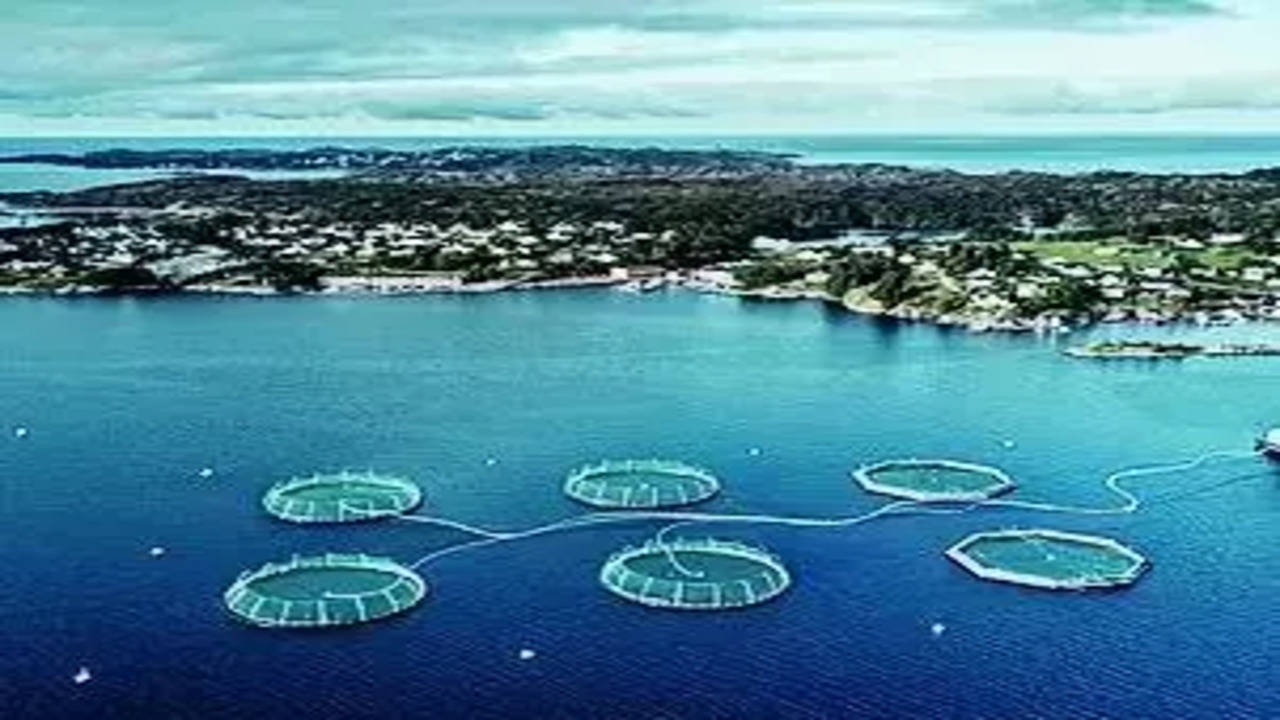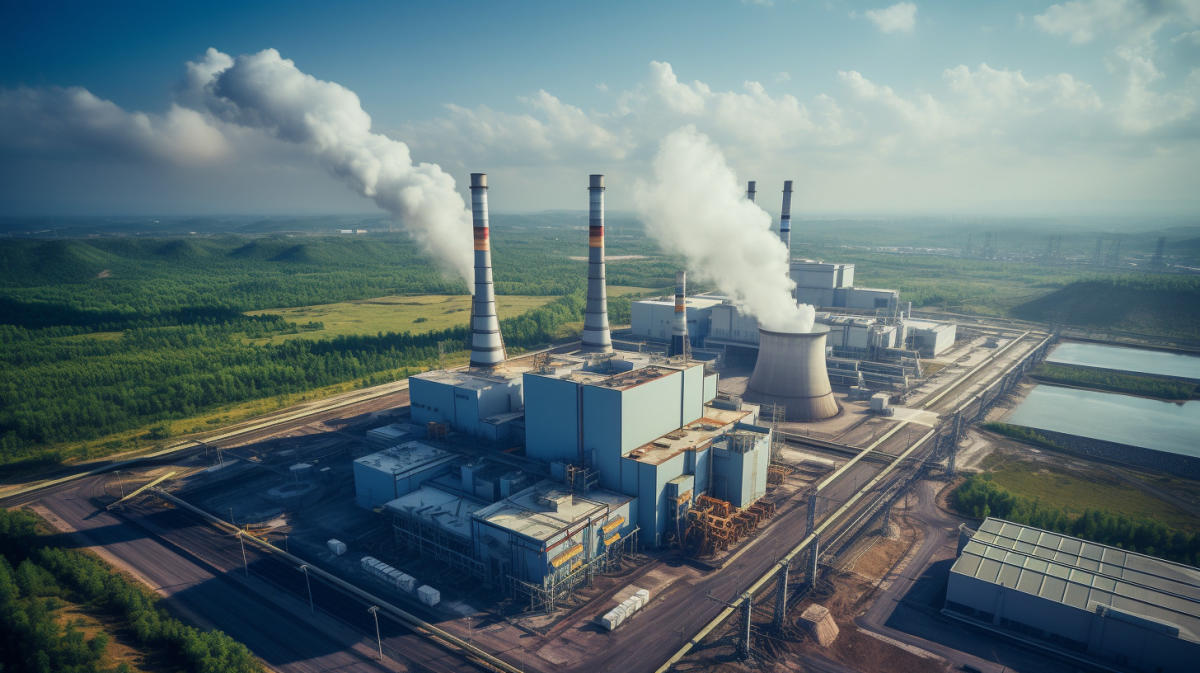Horoscope
Salmon farms in Scotland struggle to scale – Times of India

At a village hall near Loch Linnhe, a sliver of water sandwiched between the Hebrides and Glasgow, Stewart Hawthorn laid out his plan to build the biggest salmon farm in the UK near this aging rural community. Once completed, the managing director of Long Loch Salmon said, it would create at least 16 jobs. It would feature eight enclosures holding up to 8,000 tons of fish, with a density double the industry standard. And most importantly, he claimed, it would help alleviate one of the biggest problems plaguing the business – excessive death rates.
Salmon is a hot commodity: its aquaculture is the fastest-growing food production system in the world. Promoted as a healthy alternative to red meat and chicken – and a way to to close the so-called “protein gap” for a growing global population – Atlantic salmon production has expanded more than six-fold since 1995. The fish is now the UK’s dominant food export, with much of the farming taking place in Scotland.
But rising demand has come alongside record mortality numbers: around a quarter of Scottish salmon don’t make it to harvest, and in the last five years, there have been 53 million excess fish deaths, exceeding even larger producers. This is partly due to warming waters, which bring micro jellyfish and plankton blooms, but industry practices are also to blame: densely packed farms can give rise to sea lice outbreaks and bacterial and viral infections. While lice outbreaks aren’t typically fatal, their treatments can be. In October, almost 5% of salmon on Scottish farms died. The death rate fell to 4% the following month, still far higher than the five-year average.
What’s happening in Scotland is a microcosm of broader challenges facing the global salmon industry, the bulk of which is concentrated in neighbouring Norway. Producers haven’t yet figured out how to scale sustainably. While the obvious solution – less-crowded pens – reduces the spread of disease, it also dents profitability.
This has left salmon farmers in an unfortunate holding pattern: either they continue to expand at the risk of exacerbating death rates, or they take punts on new systems. In Scotland, where local communities are mistrustful of a sector that they say fails to benefit them, farmers have struggled to find places in which to experiment, casting further uncertainty over the future of the $765 million industry.
Salmon farming can be a nasty business. Breeding involves removing eggs and sperm from anesthetized fish, and typically euthanizing males after extraction. Larger farms generate enough excess fish feces and urine to potentially destabilize fragile ecosystems. Overcrowding can result in ghoulish, lice-riddled fish – leading to images that anti-salmon farming campaigners have circulated online to persuade shoppers to stay out of the seafood section.
With these circumstances somewhat linked to mass fish death, corporate boardrooms are feeling the effects. Mowi, an Oslo-listed company that is the world’s largest salmon farmer, reported that die-offs resulted in third-quarter costs of at least ₹36 million in 2023 out of an operating profit of around ₹200 million. One Mowi farm, Colonsay, reported 200,000 salmon deaths in a single week this October. Not even rising salmon prices have cushioned the blow. And at the moment, there is no clear industry path towards sustainable growth.
Salmon is a hot commodity: its aquaculture is the fastest-growing food production system in the world. Promoted as a healthy alternative to red meat and chicken – and a way to to close the so-called “protein gap” for a growing global population – Atlantic salmon production has expanded more than six-fold since 1995. The fish is now the UK’s dominant food export, with much of the farming taking place in Scotland.
But rising demand has come alongside record mortality numbers: around a quarter of Scottish salmon don’t make it to harvest, and in the last five years, there have been 53 million excess fish deaths, exceeding even larger producers. This is partly due to warming waters, which bring micro jellyfish and plankton blooms, but industry practices are also to blame: densely packed farms can give rise to sea lice outbreaks and bacterial and viral infections. While lice outbreaks aren’t typically fatal, their treatments can be. In October, almost 5% of salmon on Scottish farms died. The death rate fell to 4% the following month, still far higher than the five-year average.
What’s happening in Scotland is a microcosm of broader challenges facing the global salmon industry, the bulk of which is concentrated in neighbouring Norway. Producers haven’t yet figured out how to scale sustainably. While the obvious solution – less-crowded pens – reduces the spread of disease, it also dents profitability.
This has left salmon farmers in an unfortunate holding pattern: either they continue to expand at the risk of exacerbating death rates, or they take punts on new systems. In Scotland, where local communities are mistrustful of a sector that they say fails to benefit them, farmers have struggled to find places in which to experiment, casting further uncertainty over the future of the $765 million industry.
Salmon farming can be a nasty business. Breeding involves removing eggs and sperm from anesthetized fish, and typically euthanizing males after extraction. Larger farms generate enough excess fish feces and urine to potentially destabilize fragile ecosystems. Overcrowding can result in ghoulish, lice-riddled fish – leading to images that anti-salmon farming campaigners have circulated online to persuade shoppers to stay out of the seafood section.
With these circumstances somewhat linked to mass fish death, corporate boardrooms are feeling the effects. Mowi, an Oslo-listed company that is the world’s largest salmon farmer, reported that die-offs resulted in third-quarter costs of at least ₹36 million in 2023 out of an operating profit of around ₹200 million. One Mowi farm, Colonsay, reported 200,000 salmon deaths in a single week this October. Not even rising salmon prices have cushioned the blow. And at the moment, there is no clear industry path towards sustainable growth.
Continue Reading






